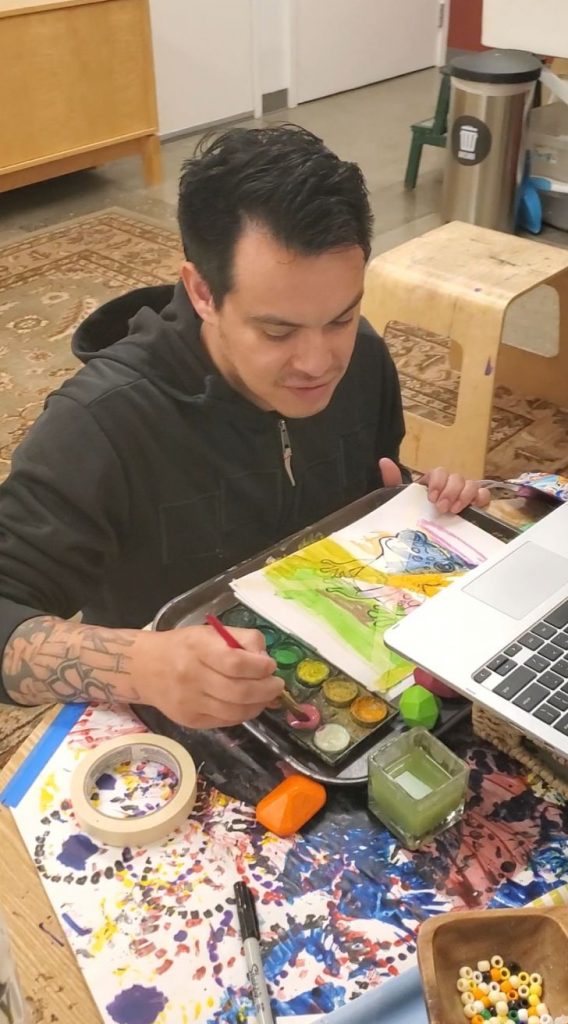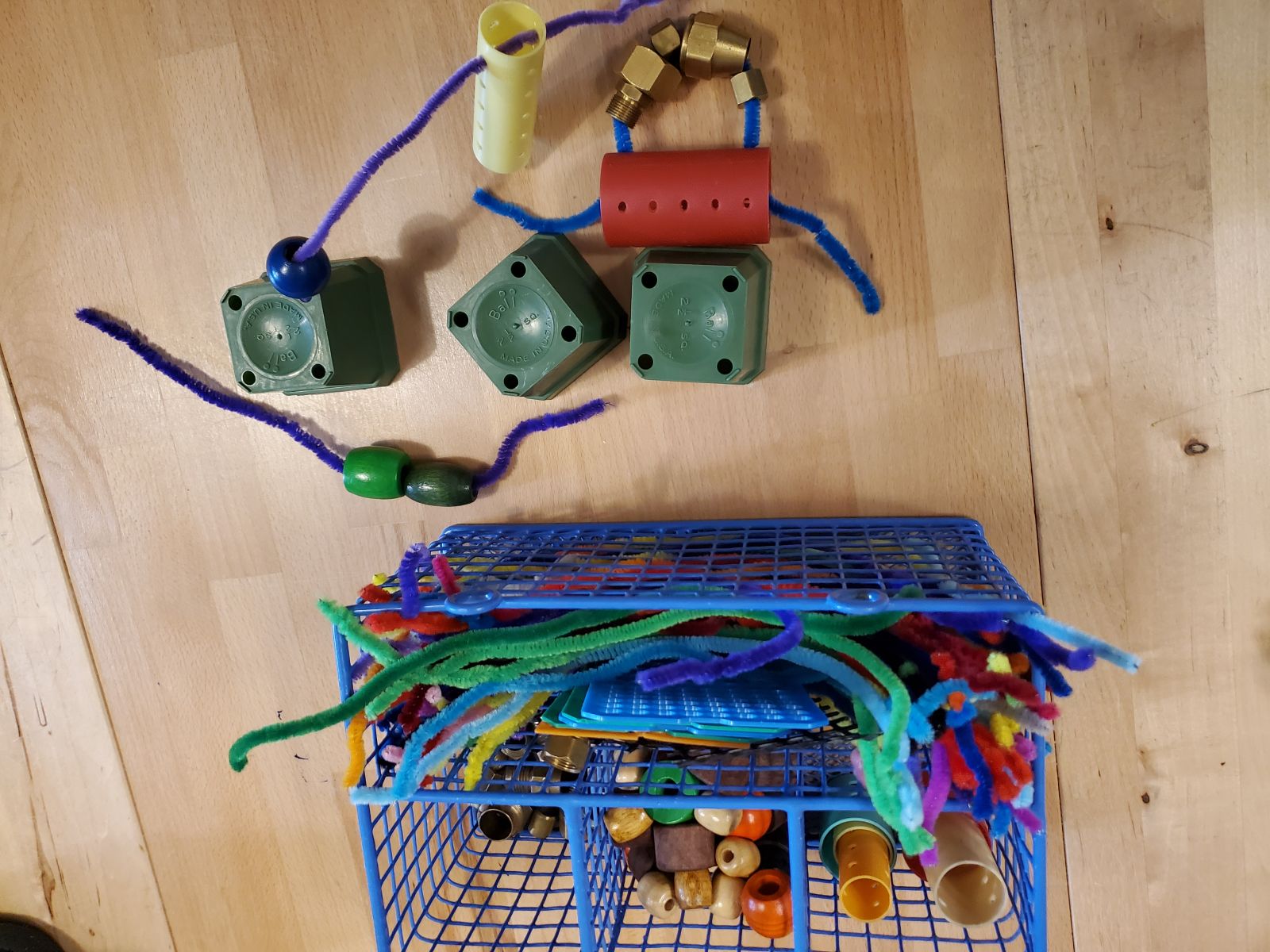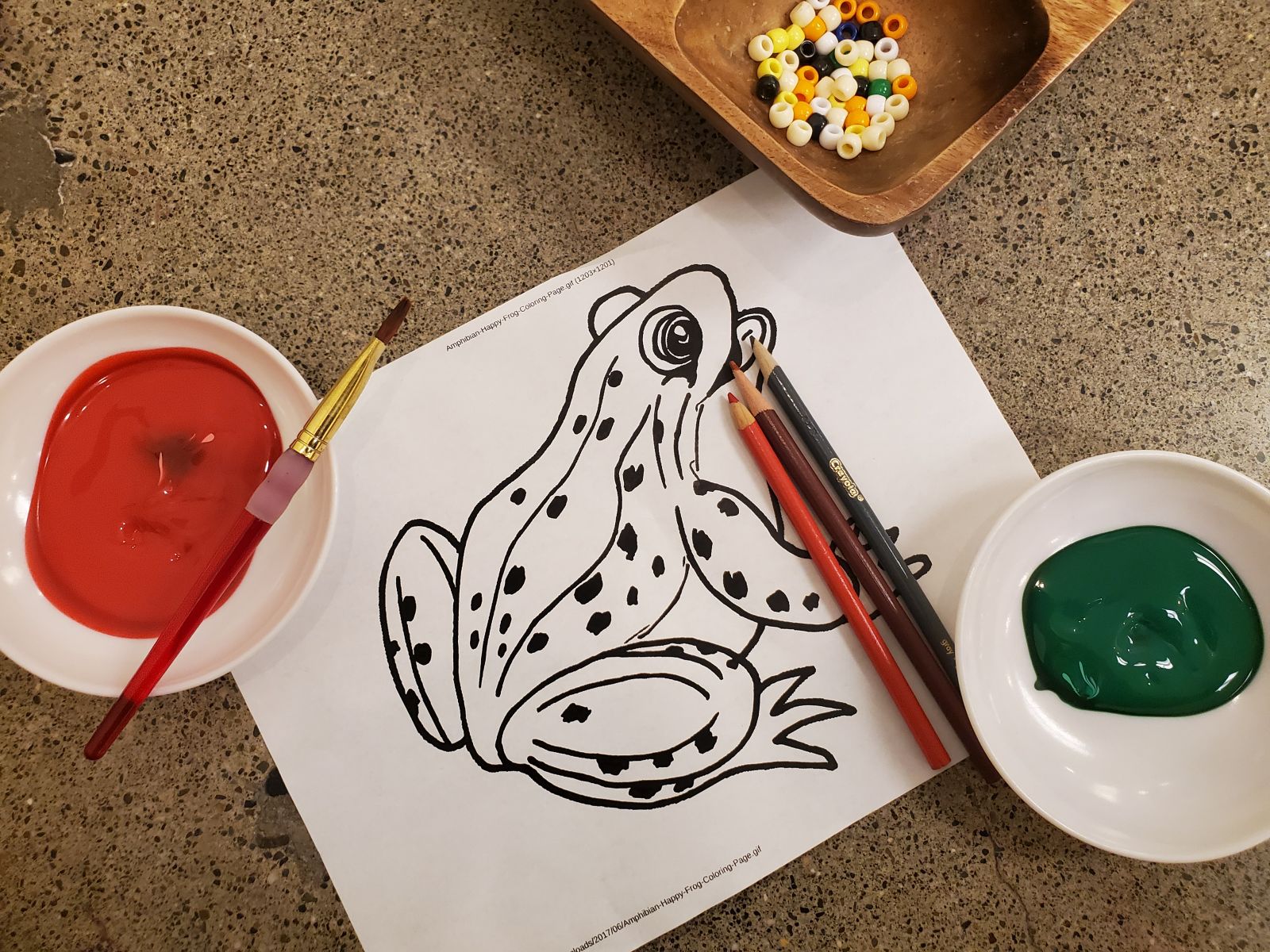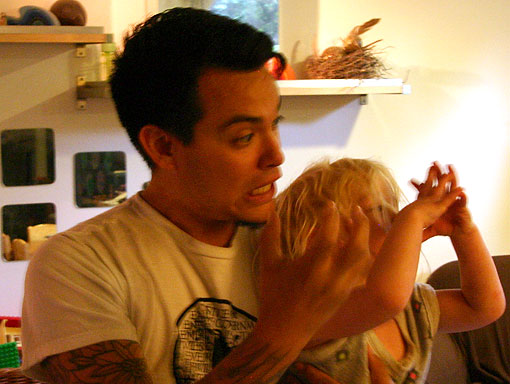
Zoom University
[et_pb_section fb_built=”1″ admin_label=”section” _builder_version=”3.22″][et_pb_row admin_label=”row” _builder_version=”3.25″ background_size=”initial” background_position=”top_left” background_repeat=”repeat” make_fullwidth=”off” use_custom_width=”off” width_unit=”on”][et_pb_column type=”4_4″ _builder_version=”3.25″ custom_padding=”|||” custom_padding__hover=”|||”][et_pb_text _builder_version=”4.5.0″ background_size=”initial” background_position=”top_left” background_repeat=”repeat” use_border_color=”off”]
My mother used to always say “When I was younger, we never had to be on iPads, laptops, and video games.” And if you’re reading this mom, I can’t believe I’m saying this but… you’re right!
At Hilltop, we believe that the less screen time a child gets, the better. We know from child development theory, brain science, and this blog by Sarah Felstiner, Education Director at Hilltop, that the first 2,000 days of life (about 5 years) are the most critical time of a person’s life. During this time, neural pathways and skills such as language acquisition, emotions, perceptions, and memory are developed. To build up these skills, children need to be cognitively stimulated early and often. But that doesn’t necessarily mean hand them a screen and walk away – as excessive screen time can affect a child’s sleep, apathy, and mental state. It’s why we should aim to put down the remote and engage in active play outside where we can discover, explore and learn together!
 But these are strange times we live in. COVID-19 has forced us to rely more heavily on technology in order to keep connected to the children and families we serve. Which is why it’s ironic that we are now writing a blog discussing ways, Hilltop has resorted to online learning to keep the children and families we serve, engaged, and socially connected. This new, responsive, and innovative online learning opportunity dubbed “e-camp,” is Hilltop’s electronic camp aka online learning. Hosted by Hilltop’s educators to the community we serve, we are using video platforms during our COVID Response Session between May and August to offer social emotional and academic activities aimed at building the skills necessary for life-long success.
But these are strange times we live in. COVID-19 has forced us to rely more heavily on technology in order to keep connected to the children and families we serve. Which is why it’s ironic that we are now writing a blog discussing ways, Hilltop has resorted to online learning to keep the children and families we serve, engaged, and socially connected. This new, responsive, and innovative online learning opportunity dubbed “e-camp,” is Hilltop’s electronic camp aka online learning. Hosted by Hilltop’s educators to the community we serve, we are using video platforms during our COVID Response Session between May and August to offer social emotional and academic activities aimed at building the skills necessary for life-long success.
“Each day, a handful of my colleagues and I lead zoom sessions focused on a myriad of things. We each bring our own individual takes on learning and interacting with children, like we do in the classroom. A lot of what we choose to do during e-camp is responsive to the children’s needs and interests: social-emotional offerings including activities such as group games, feelings check-ins, and mindfulness moments, as well as academic offerings such as math, science, language arts, music, movement, and writing activities” says Nick T., (he/him), educator at Hilltop and Napcast co-host. “These sessions are limited to only 8 children at a time to allow for maximum time for engagement, conversations, and truth be told, it’s just more sustainable!.”
“As one of the leads on e-camp” Nick continues “it’s great to be able to lead sessions and connect with children who are not physically on site. While it’s a challenge trying to navigate the world of distance learning, there are still some pretty cool moments I’ve had, and ways I’ve found value using this platform.
Despite great in nature there are still some holes when it comes to connecting with all children.
“Make no mistake about it. What we are doing is a great example of how we can continue to serve children and families in our community” says Mike Browne (he/him), Community Engagement Manager at Hilltop. “We always mention how vital it is to be flexible in ECE and this is an example of how we can responsive to the times we live in. That being said, we also need to look at online learning through an equity lens. Internet access is a privilege. Access to a laptop is a privilege. Most citizens are a paycheck away from experiencing homelessness. Some children might live in a single family household or their guardians are essential workers such as bus drivers, grocery workers, or childcare providers, and might not access to the resources, tools, space, or materials needed. Some children and families suffer in silence from domestic and sexual abuse. Some children have disabilities and online learning is not conducive to them. The education system already caters to the privilege and online learning is even worse. So before we double down on online learning, let’s critically examine the holes, the gaps, and what we need to do to support all children during these unprecedented times.”
 In an attempt to ensure we are reaching all children and all learners, we have earmarked a portion of our resources (time, money, and people power) to engage children in alternative ways outside of our e-camp. We have coordinated curbside chats so educators can spend time with children and families while maintaining the 6 feet distance. We have made phone calls to reach out and talk to children about what they are noticing, feeling, and learning during this time. We have recorded story time, circle times, and various activities and posted it on our Facebook and YouTube pages for viewing. We have provided guardians at home, simple ideas, reflection questions, and supports as they put on their educator cap at home. And lastly, we have sent in the mail biweekly care packages to our families with activities, games, and reminders that we love and miss them.
In an attempt to ensure we are reaching all children and all learners, we have earmarked a portion of our resources (time, money, and people power) to engage children in alternative ways outside of our e-camp. We have coordinated curbside chats so educators can spend time with children and families while maintaining the 6 feet distance. We have made phone calls to reach out and talk to children about what they are noticing, feeling, and learning during this time. We have recorded story time, circle times, and various activities and posted it on our Facebook and YouTube pages for viewing. We have provided guardians at home, simple ideas, reflection questions, and supports as they put on their educator cap at home. And lastly, we have sent in the mail biweekly care packages to our families with activities, games, and reminders that we love and miss them.
I recently caught up with Nick T., and his colleague Becky Krueger (she/her) to hear their thoughts on how they can support children Social Emotional Learning from home. You can see the full interview in our newest PD offering titled “Community Voices.” You can access that here.
Nick was gracious enough to give us some additional activities that children in his e-camp have loved engaging in. Here are a few for you to try out at home!
Activity: Picture Scavenger Hunt:
Materials Needed: Scrap paper, glue / tape, camera, printer (no printer? Try doing it virtually!), a familiar place (try places in the neighborhood to reduce screen time with kids)
Description: Take some-what close-up photos of familiar places and/or objects for children to guess. You could take multiples of these and make into small cards for a memory/matching game.
What it promotes: Cognitive memory, movement, nature / outdoor time
Activity: Interpretive Drawing
Materials Needed: Writing utensil, book / paper / technology that allows for you to erase
Description: One person directs another person(s) in drawing without looking at each other’s drawing. For example, the instructor would say: “draw a medium sized square on the side of your paper. Now put a triangle inside of the square. And now, at the top make a line going down, but not all the way to the edge…”etc. At the end show each other your drawings and see how they compare.
What it promotes: Hand strengthening for writing, STEAM (science, technology, engineering, arts, math), creativity
Activity: Masking Tape Paint:
Materials Needed: Brush, watercolor paint / color pencils / crayons, small cup of water, 2 pieces of thick-ish paper, masking tape, scissors
Description: Decide what you shape or design you might like to make with strips of masking tape. Cut the tape into strips (pre-cut if necessary). Cut two pieces about 4 inches long and six pieces about 3 inches long. Here’s an example of making a tree.
What it promotes: Hand strengthening for writing, STEAM (science, technology, engineering, arts, math), creativity, mixing and matching, comparing and contrasting

Activity: Rorschach Painting:
Materials Needed: Paint, paper,
Description: Optional: Fold a sheet of paper in half, short edge to short edge (aka: hamburger style). Plop some paint on one side; add a lot but not so much that the entire side is covered. Using multiple colors is fun. When desired amount of paint is added, refold paper to close like a book. Gently pat the unpainted side so that the paint transfers over. Open up, and wonder what does it look like!
What it promotes: Hand strengthening for writing, STEAM (science, technology, engineering, arts, math), creativity, observation, self-expression
Activity: What’s missing?!:
Materials Needed:
Description: Depending on the child’s age and ability, select different objects that are small enough to fit in your hand, and with the child describe what they are. For example, an orange bottle cap, brass fixture, emperor penguin (toy figure), purple pipe cleaner etc. Take the objects and hide them under a fabric. Say something like: “I’m mixing, mixing, mixing up the objects…are you ready to see what’s gone? Ok, here we go! 3, 2, 1 reveal!” Then lift the fabric while taking away one or two objects. Encourage the child to guess and describe the missing objects. As you play, notice if the child is having an easy or difficult time guessing what is gone and consider taking more or less away.
What it promotes: The idea is to strengthen cognitive and language abilities by adding specific and (probably) new descriptors. This helps the child increase their ability to say more about something. This also strengthens working memory, order and sequencing, and recall memory.
Activity: Carnival Mix Up:
Materials Needed:
Description: This is a classic game where one person takes three identical cups or something alike and one object (usually something soft or something that won’t rattle around much). Place the object under one of the cups, I usually start in the middle, and mix them up! Have the child guess where it ended up. Increase speed if you notice the child doing it with ease.
What it promotes: Great for strengthening eye tracking and working memory. Not always pointed out, but eye tracking is very important for literacy development (to follow sequences of printed words on a single line).
Activity: Once Upon a Time…:
Materials Needed: Your imagination!
Description: Start off by saying “Once upon a time, there was…” and encourage the child to fill in the rest. As the story progresses, ask the child to be more descriptive: what the color of something was, the name, the smell, etc… And definitely throw in twists like, “All of the sudden…” It’s like those Mad Libs books!
What it promotes: This is a great way to strengthen executive functioning skills like working memory, organization, and flexibility.
Noticing your child needs some more social emotional learning?! Try this SEL activity out and be sure to check out our other social emotional learning ideas by clicking here.
This activity is geared for 1.5-3 year olds. That’s not to say that they couldn’t be used for older children though. They play into this age ranges’ for sensorimotor development-coordinating senses with motor responses. The idea behind these is to get children to physically comeback when they’re in an emotional stressful place. Providing soothing sensations and a little bit of fun imagery helps diffuse and reset the situation for amicable communication to occur. Pair this with emotional regulation and you have beginnings of social emotional learning!
Activity: Bake a Cupcake:
Materials Needed: Your body
Description: If the child is in a place of willingness, take one of their hands and say, “we’re going to make a cupcake, but first we have to mix it and bake it.” Have them clinch their hand into a fist, place fist just below the belly button and start moving it in a small circle, applying enough pressure that it creates a bit of friction for warmth to be felt. After several circles, ask, “is the cupcake warm enough?” If they say yes, bring the cupcake up to their face and then ask, “how many candles should we put on this cupcake?” Usually young children choose their age number, 2-3. Lift that many fingers up. And now take big breaths and blow out the candles! If the child does not want to use their hand, you could use your own, as well as make circles on your own belly. All the while describe what you’re doing and feeling.
What it promotes: Self-regulation, communication, self and social awareness
How are you engaging with your families or children in your neighborhood? Let us know by leaving a comment below!
Mike Browne  (he/him) is the Community Engagement Manger for Hilltop Educator Institute where he has worked since 2017. He co-hosts a podcast called Napcast alongside Nick T.
(he/him) is the Community Engagement Manger for Hilltop Educator Institute where he has worked since 2017. He co-hosts a podcast called Napcast alongside Nick T.
Nick Terrones (he/him)  is an Educator at Hilltop where he has worked since 2006. He co-hosts a podcast called Napcast alongside Mike B.
is an Educator at Hilltop where he has worked since 2006. He co-hosts a podcast called Napcast alongside Mike B.
Hilltop Educator Institute collaborates regularly with change agents across North America, Europe and New Zealand to provide professional development opportunities in Greater Seattle through evening, half-day and full day workshops known as the Educator Discussion Series (EDS). Hilltop Educator Institute provides resources and support to educators, programs leaders, children’s advocates, and the community at large, in order to widen access and opportunity for all children. To study at Hilltop for a day, register for upcoming workshops, or learn more about our services, email Mike at institute@hilltopcc.org or visit us at www.hilltopcc.com/institute.
[/et_pb_text][et_pb_comments _builder_version=”3.16″ header_font_size_tablet=”51″ header_line_height_tablet=”2″ use_border_color=”off” border_color=”#ffffff” border_style=”solid” button_text_size__hover_enabled=”off” button_text_size__hover=”null” button_one_text_size__hover_enabled=”off” button_one_text_size__hover=”null” button_two_text_size__hover_enabled=”off” button_two_text_size__hover=”null” button_text_color__hover_enabled=”off” button_text_color__hover=”null” button_one_text_color__hover_enabled=”off” button_one_text_color__hover=”null” button_two_text_color__hover_enabled=”off” button_two_text_color__hover=”null” button_border_width__hover_enabled=”off” button_border_width__hover=”null” button_one_border_width__hover_enabled=”off” button_one_border_width__hover=”null” button_two_border_width__hover_enabled=”off” button_two_border_width__hover=”null” button_border_color__hover_enabled=”off” button_border_color__hover=”null” button_one_border_color__hover_enabled=”off” button_one_border_color__hover=”null” button_two_border_color__hover_enabled=”off” button_two_border_color__hover=”null” button_border_radius__hover_enabled=”off” button_border_radius__hover=”null” button_one_border_radius__hover_enabled=”off” button_one_border_radius__hover=”null” button_two_border_radius__hover_enabled=”off” button_two_border_radius__hover=”null” button_letter_spacing__hover_enabled=”off” button_letter_spacing__hover=”null” button_one_letter_spacing__hover_enabled=”off” button_one_letter_spacing__hover=”null” button_two_letter_spacing__hover_enabled=”off” button_two_letter_spacing__hover=”null” button_bg_color__hover_enabled=”off” button_bg_color__hover=”null” button_one_bg_color__hover_enabled=”off” button_one_bg_color__hover=”null” button_two_bg_color__hover_enabled=”off” button_two_bg_color__hover=”null”][/et_pb_comments][et_pb_social_media_follow follow_button=”on” _builder_version=”3.0.87″ link_shape=”rounded_rectangle”][et_pb_social_media_follow_network social_network=”facebook” url=”https://www.facebook.com/Hilltop-Childrens-Center-Seattle-73100851072/” _builder_version=”3.0.74″ background_color=”#3b5998″ bg_color=”#3b5998″ link_shape=”rounded_rectangle” follow_button=”on” url_new_window=”on”] Facebook [/et_pb_social_media_follow_network][/et_pb_social_media_follow][/et_pb_column][/et_pb_row][/et_pb_section]